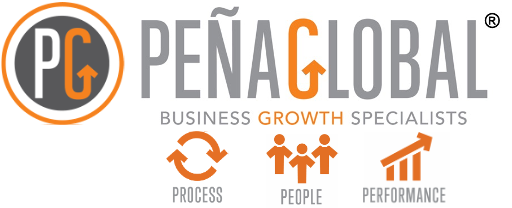Four Things You Can Do to Hire, Maintain, and Keep Top Performers
The hiring process is time-consuming, lengthy, and has little guarantee that, after all your effort, you’ve hired the right person.
In talking with many organizations, I found that the how of hiring, or the process of hiring, hasn’t evolved—which is likely why it’s become a common occurrence to hire someone and then find out three to four months later that the person you hired isn’t the same person you interviewed.
In fact, I’ve heard from many clients that they’re finding it takes a larger percentage of people coming through the doors to find the right person.
Let’s get personal about hiring.
Add More Than the Job Description to a Job Post
When posting about a job opportunity, it’s natural and common to talk about:
Skills needed
Level of experience
Education
But beyond these points, you should also describe the environment the new hire will be expected to work in.
Include in the job description:
Work environment: Is it fast-paced, loud, work-oriented? Or slow-paced, quiet, and relaxed? Are you expecting them to work from home? What kind of qualities will they need to have to be successful?
Leadership environment: Similar to the work environment, what environment does the leader they’ll be working under create? Is the leader more relationship or business-oriented? Work quickly or slowly?
Personality best suited for: You should also consider adding the personality of the prospective hire that is best suited to the role they’ll be fulfilling. For example, if the job is customer-facing, they’ll need to be comfortable talking on the phone, listening, resolving conflict, friendly, patient, and helpful. If the role is more technical in nature, they need to be comfortable working solo, without much interaction from others.
The person reading the job description should be able to self-identify if their natural way of working is conflict or in conjunction with the prospective work and leadership environment and if their personality is best suited for the position.
Get Great Candidates During the Interview
During the interview, in addition to asking about their experience, ask behavioral and character style questions to narrow the gap. Listen to their answers and watch their body language to determine if they’ll be a good fit within the work and leadership environment, as well as the job position.
Ensuring Success with New Hires During Onboarding
This is where I see most companies lose a lot of money.
This is because most organization aren’t taking the time to onboard new hires on the history of the organization, its standards, processes of doing things, support elements, or explain why they do what they do in the manner they do it.
Having a thorough onboarding process is important because the new person is representing the brand internally and externally.
One Final Word of Advice to Keep Your Winning Hires
If you want to really keep your top performers, design career paths for different elements of management, directorship, or other places your organization can promote people that are hungry to go beyond where they are.
Include ongoing training they can take to help them develop.
The more lucrative you can make growth and training, beyond a monetary raise, the greater your ability to hire, maintain, and keep the best people.
Based on an excerpt from IT’S PERSONAL, NOT BUSINESS podcast, Episode 6.

